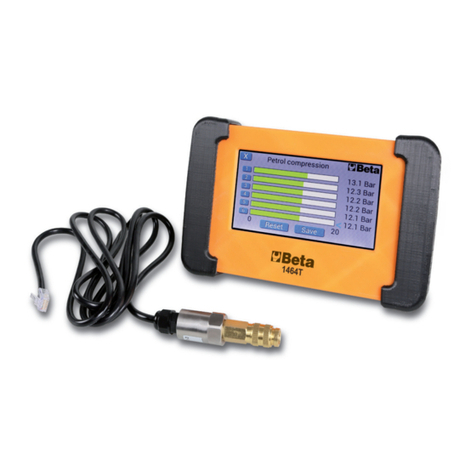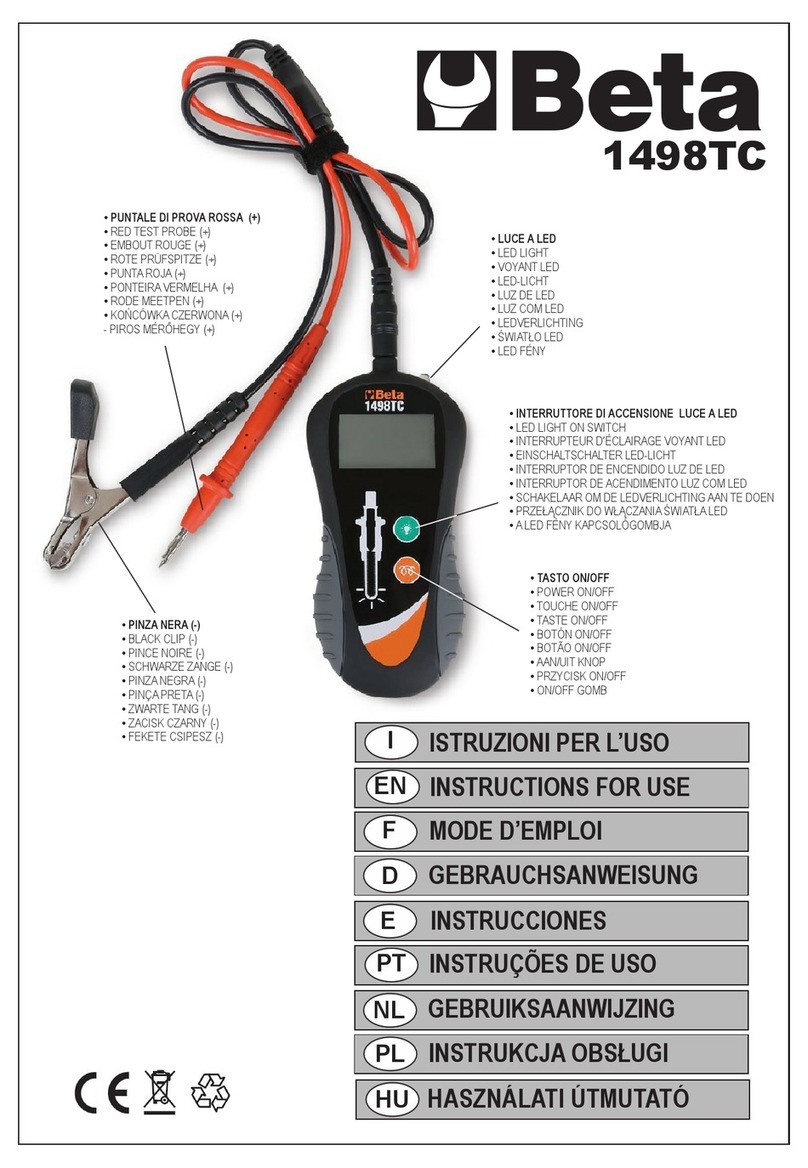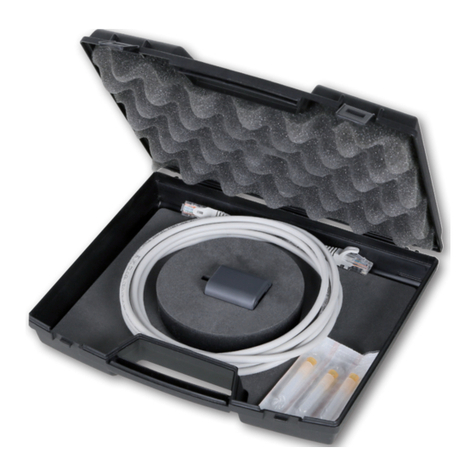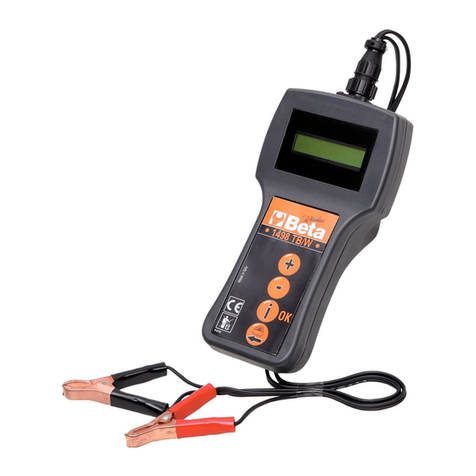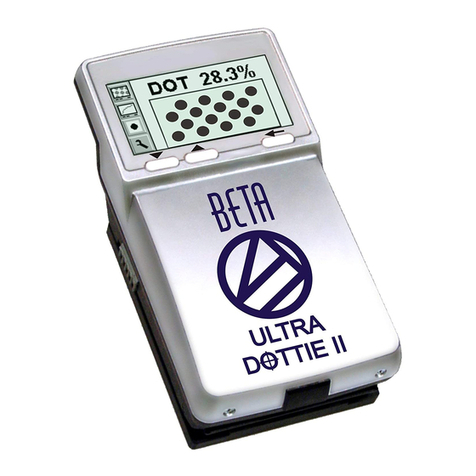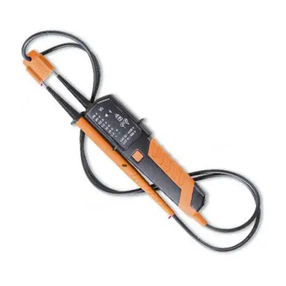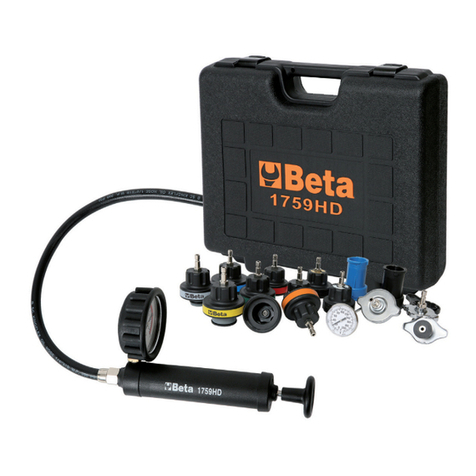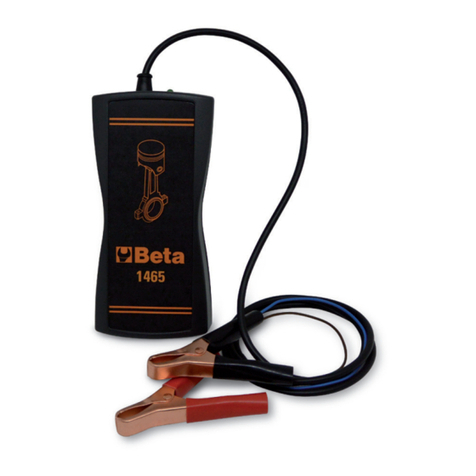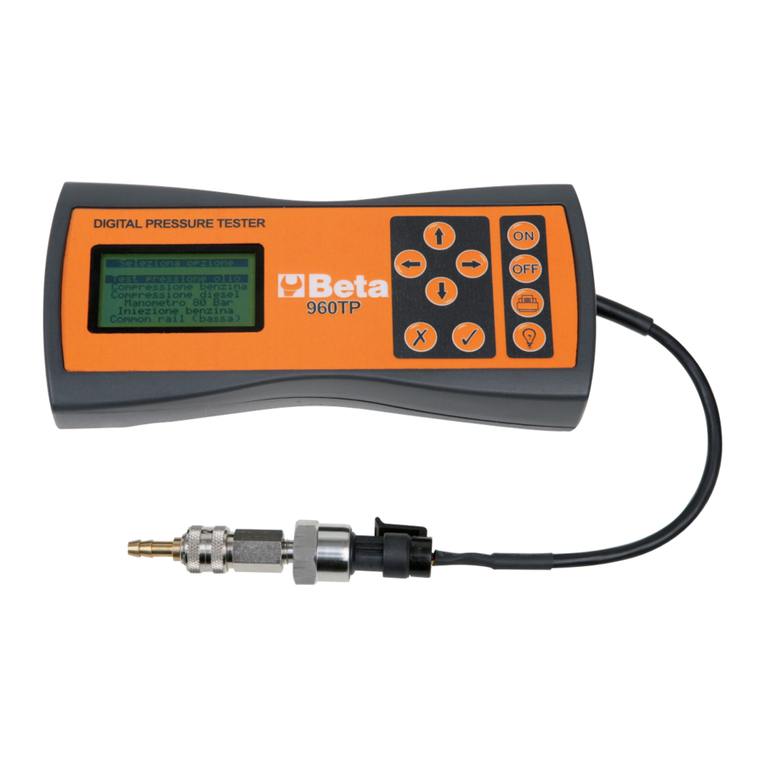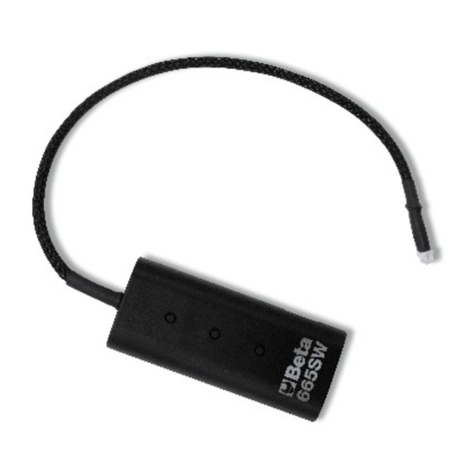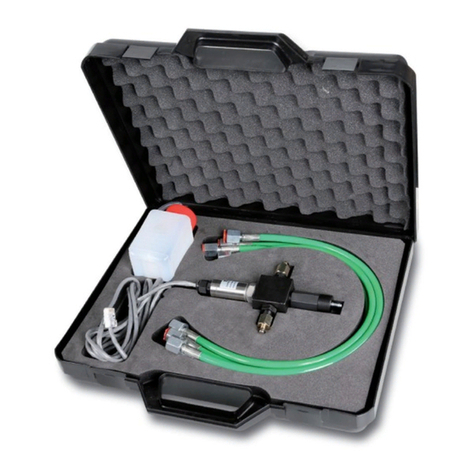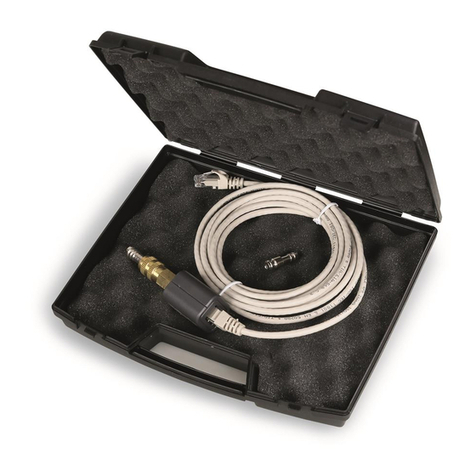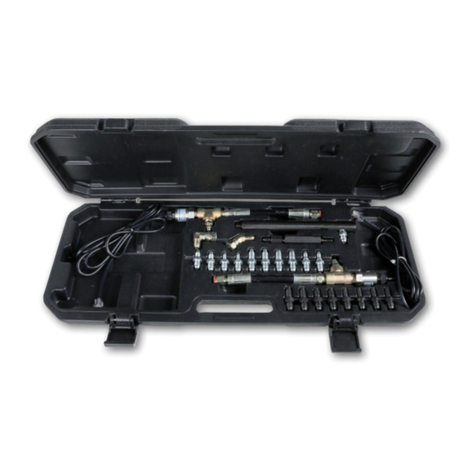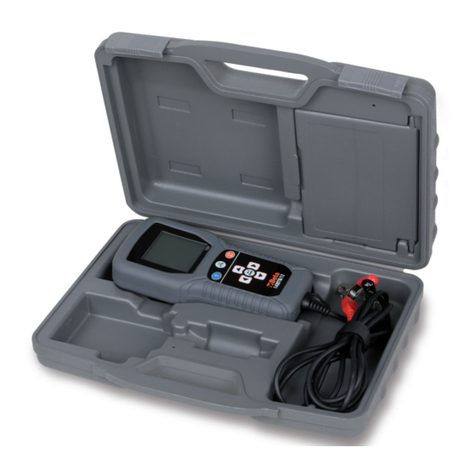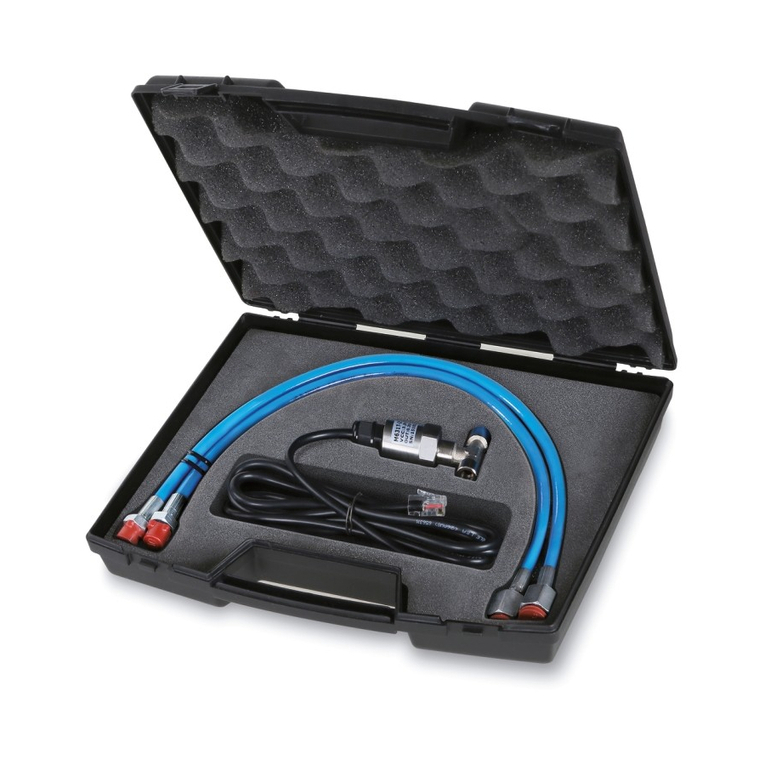
Contents
(continued)
iii
Stepping and Ramping the Output Value ................................................................. 63
Using Manual Step............................................................................................... 63
Using Auto Step ................................................................................................... 64
Ramping the Output............................................................................................. 65
Simultaneous Measure/Source ..................................................................................... 68
Calibrating a Process Instrument .................................................................................. 71
Generating “As Found” Test Data............................................................................. 71
Adjusting the Transmitter.......................................................................................... 76
“As Left” Test Run..................................................................................................... 77
Test Comments ........................................................................................................ 78
Calibrating a Delta-Pressure Flow Instrument .......................................................... 78
Calibrating a Limit Switch ......................................................................................... 79
Transmitter Mode .......................................................................................................... 82
Memory Operations ....................................................................................................... 84
Saving Results.......................................................................................................... 84
Reviewing Memory ................................................................................................... 86
Data Logging ............................................................................................................ 86
Recording Min and Max Measurements ................................................................... 89
Running a Preloaded Task ....................................................................................... 89
Clearing Memory ...................................................................................................... 89
Using the Built-in Calculator .......................................................................................... 90
Saving to and Recalling from the Registers.............................................................. 90
Using the Calculator to Set the Source Value .......................................................... 91
Quick Guide to Applications .......................................................................................... 91
Replacing the Battery Pack ...................................................................................... 101
Internal Lithium Backup Battery................................................................................ 102
Cleaning the Calibrator............................................................................................. 102
Calibration Data........................................................................................................ 102












